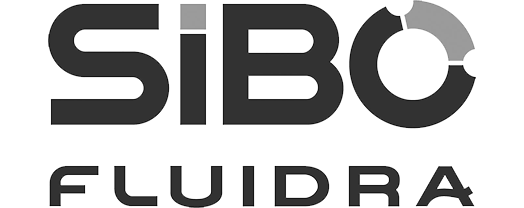Change management
We approach every change from an integral perspective. This means we don’t just look for a technological solution, but also consider the impact of the change on the organization. After all, an application is only one part of the change. In short, we look at all aspects of change and ensure a smooth transition.
Why change management?
Perhaps you will soon start implementing a new ERP system or the HR department will start working with a new tool. That change causes your company to grow and innovate. But this change also affects other departments and processes, the so-called ripple effect. Consider the IT department that needs to make sure the new tool communicates seamlessly with other systems, or the finance department that may have to deal with budget shifts. So with any change, it is important to look at the entire chain and pay attention to how the change affects users.


